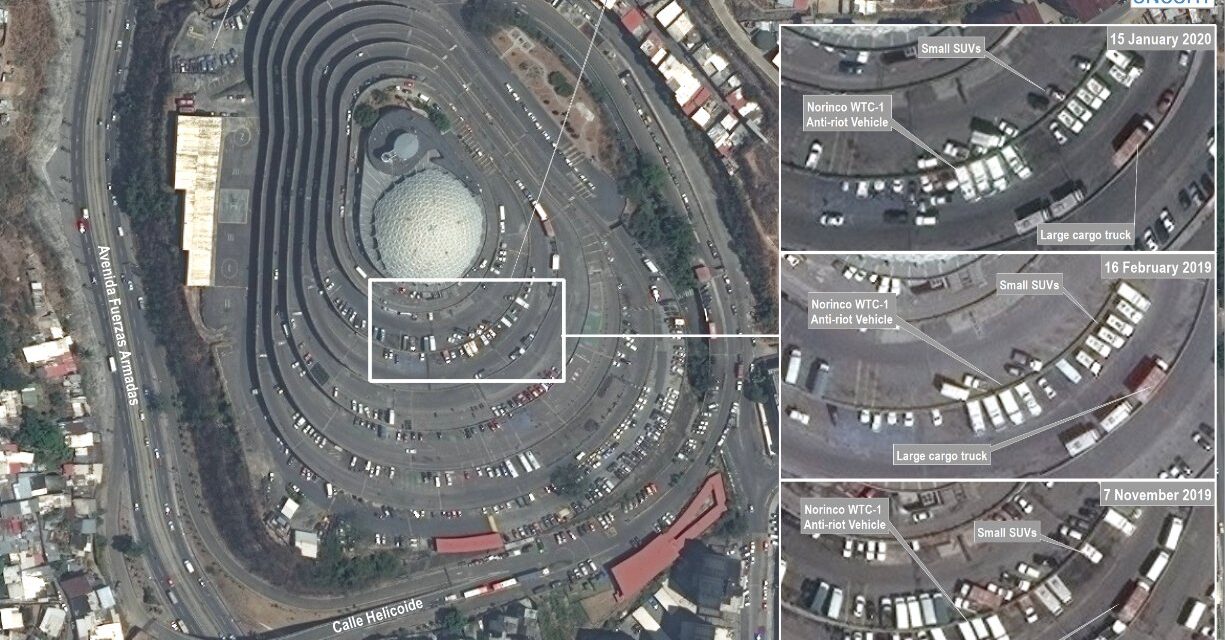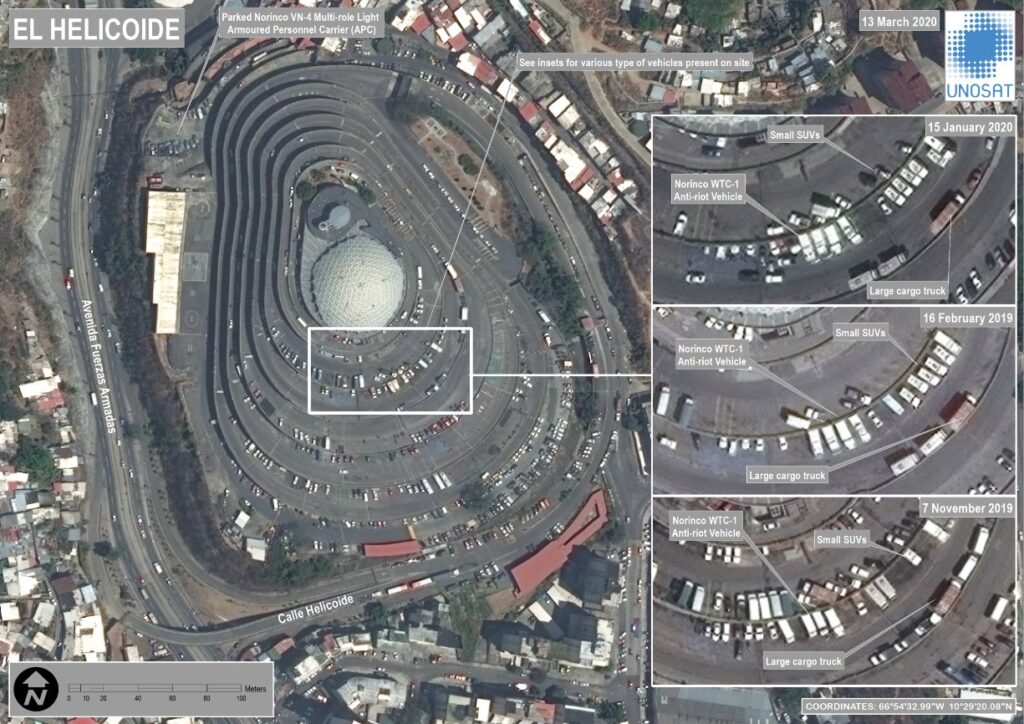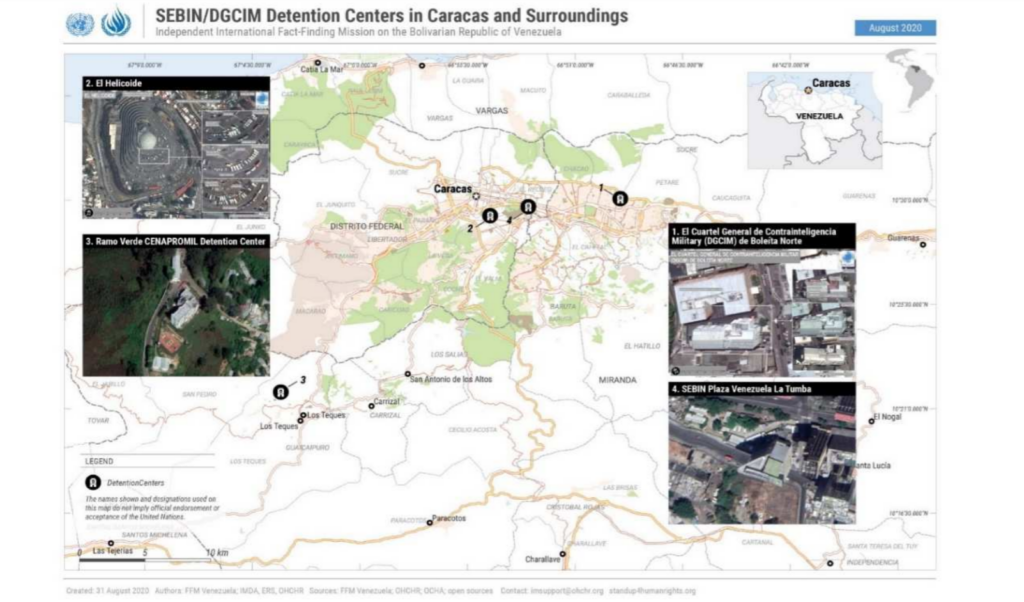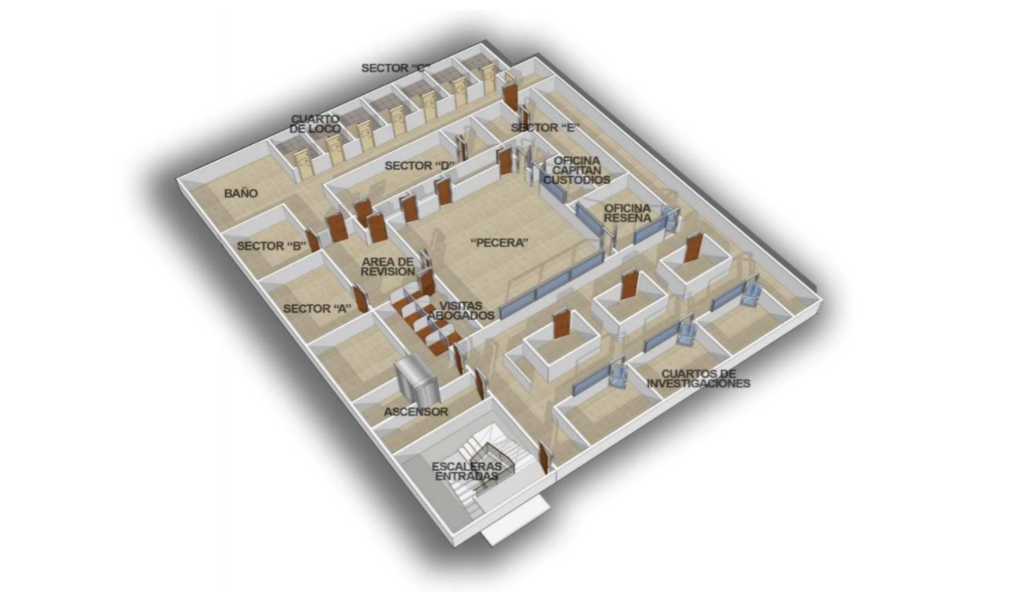On September 16, the Fact-Finding Mission appointed by the UN Human Rights Council to investigate human rights violations in Venezuela issued a landmark report (read the full 411-page version here). The report is an alarming snapshot of the reality of brutal repression in Venezuela, and is an important step forward in the struggle for justice in the country. WOLA has supported the Mission since its creation, and is joining with Venezuelan human rights partners in calling for the extension of its one-year mandate.
While the Maduro government denied them entry into the country, the Mission was still able to interview over 250 victims, representatives of human rights organizations, lawyers, witnesses, and current/former officials, and used their testimony to put together a thorough, well-researched analysis of human rights violations in the country since 2014. In reading through the report, I was especially impressed by the use of satellite imagery and graphic reconstruction to illustrate some of the report’s findings. Below is a sample of a few images and maps featured in the report that stood out.
SEBIN/DGCIM Detention Centers
In its report, the Fact-Finding Mission found “reasonable grounds to believe” that security forces in Venezuela planned and carried out serious human rights violations, some of which (like extrajudicial killings and systematic use of torture) amount to crimes against humanity. The report placed special emphasis on allegations of torture, arbitrary detention, and executions committed by the The Bolivarian National Intelligence Service (SEBIN), which tends to target political dissidents, and the General Directorate of Military Counter-Intelligence (DGCIM) which targets military personnel accused of rebellion. The report used satellite imagery to illustrate the locations of some of the best-known detention facilities in Caracas, including El Helicoide, La Tumba, and Ramo Verde.
Both the SEBIN and DGCIM have been accused of carrying out systemic torture and other forms of cruel, inhuman or degrading treatment. Documented torture techniques include asphyxiation, death threats, heavy beatings, electric shocks, food and water deprivation, cuts to the bottom of feet and under the nails, and forcing detainees to hold prolonged stress positions. Female detainees faced actual and threatened acts of rape and other forms of sexual violence.
DGCIM Headquarters in Boleíta Norte
The DGCIM is particularly brutal in dealing with suspected military dissidents. The Mission investigated 77 cases of current and former military officials who had been detained and tortured by the DGCIM.
Many of these cases occurred in DGCIM Headquarters in Boleíta Norte, a onetime textile factory turned into a detention and office facility. In early 2019, the Inter-American Commission on Human Rights issued precautionary measures for everyone being detained there. When describing the inside of the basement cells there to the Fact-Finding Mission, former detainees and ex-DGCIM officers described a grim scene.
The 2.75 x 2 meter cells in DGCIM Boleita lack ventilation or natural light, and two or three detainees are often crowded together. Detainees complain of stomach illnesses due to a lack of regular access to drinking water, as well as psychological problems due to isolation. Building off of eyewitness accounts, the Mission was able to reconstruct a basic layout of the DGCIM headquarters’ basement cells (see below), including the punishment cell known as “El Cuarto de los Locos,” which is lined with padded walls.
Clandestine DGCIM ‘Black Sites’
In addition to the officially-recognized DGCIM detention facilities, the report found that DGCIM routinely detains individuals in “secret or unofficial detention facilities,” especially in the early period of their detention. The Mission identified at least six of these facilities in the Caracas area, including one known as La Mariposa in the military zone of San Antonio de Los Altos in Miranda State. The report identified 24 cases in which detainees had been tortured in clandestine facilities from 2018 to 2019.
Again, the acts committed by DGCIM interrogators and detainment custodians are heinous. From the report:
“DGCIM female and male officers subjected individuals interviewed to forced nudity including for days. Male custodians threatened to rape male detainees with sticks and bats. Electric shocks and blows were administered, including to the testicles. DGCIM officers subjected detainees to a practice they called “breastfeeding” (dar la teta), during which they beat detainees with a bat, with the word “tit” (teta) written on it. Female relatives taken to “safe houses” were sexually assaulted and/or tortured with asphyxiation, beatings and electric shocks.”
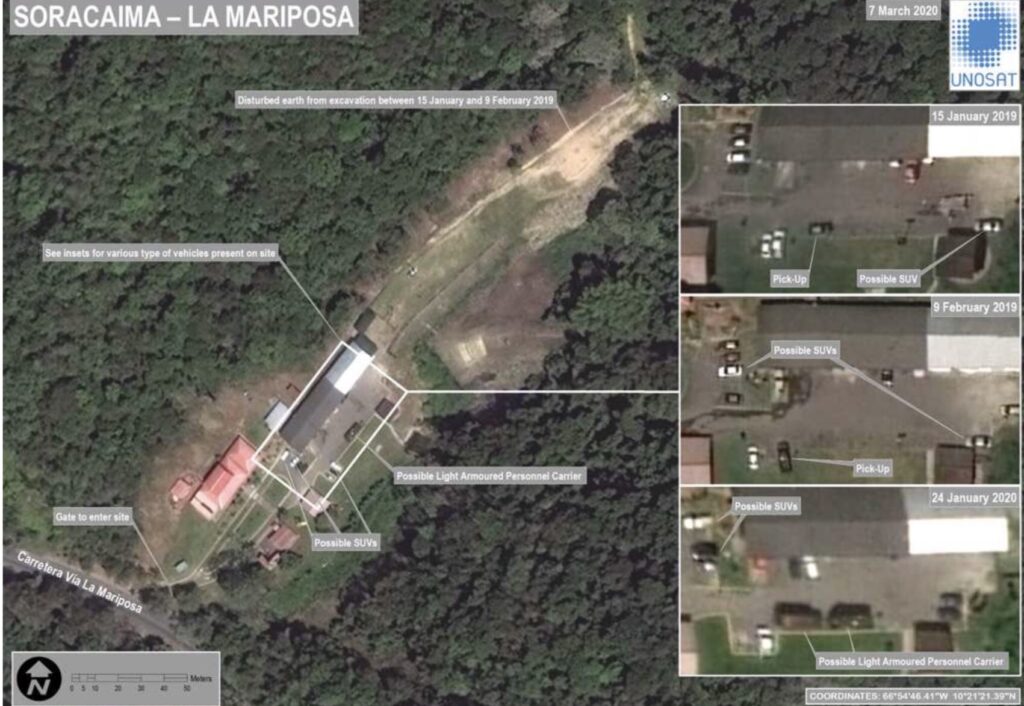
Extrajudicial Executions by Police
Much of the report’s focus is on the well-documented pattern of extrajudicial executions being committed by Venezuelan police, in particular by the Scientific, Penal and Criminal Investigation Corps (CICPC) and Special Action Forces (FAES). These two forces were responsible for 59 per cent of all killings by security forces since 2014. The report reviewed 16 police, military or joint operations during this period, and documented 53 extrajudicial executions. The Fact-Finding Mission also reviewed 2,552 more incidents involving 5,094 killings by security forces, though not all of these were conclusively determined to be arbitrary.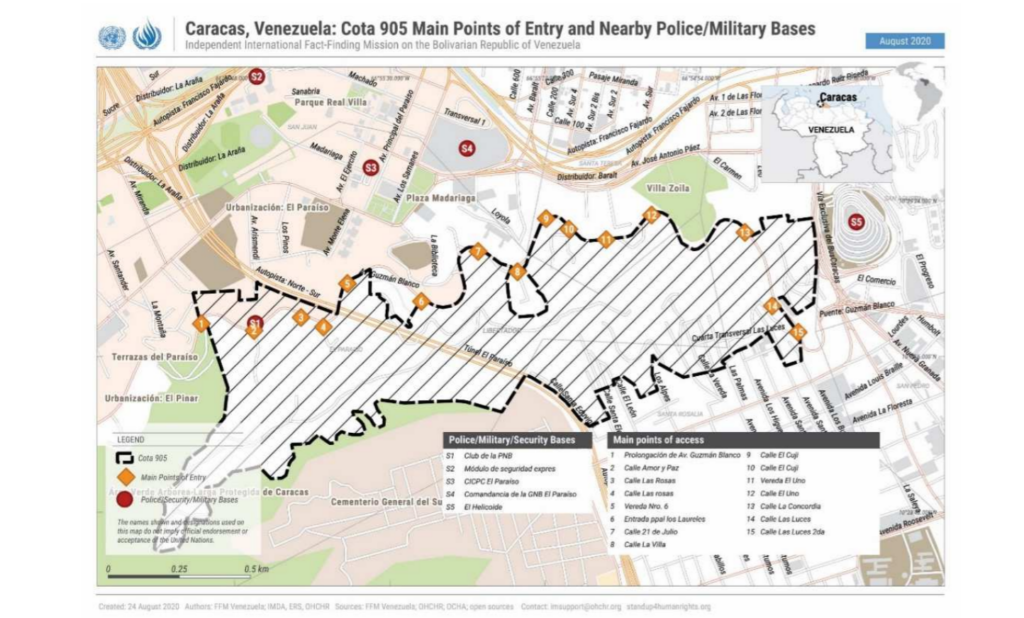
In rich detail, the report traces the evolution of these killings by police in Venezuela, noting how they accelerated under the militarized police deployments adopted by Maduro in 2015 phased out in 2017, the Operation Liberation of the People (OLP). The Fact-Finding Mission was particularly successful in reconstructing two OLP deployments in July 2015 and May 2016 in the Cota 905 area west of Caracas, a group of neighborhoods located along Avenida Guzmán Blanco (see above).
In these two operations alone, the Mission found reasonable grounds to believe that at least 15 people were extrajudicially executed by security forces in Cota 905. Of these cases, all of whom were young men, five were killed by SEBIN officers, five PNB agents and one was extrajudicially executed by CICPC officers. As groups such as PROVEA, REACIN, and others have documented, extrajudicial killings by Venezuealn police continue to this day, and most cases have gone unpunished.
International Support for Justice in Venezuela
The Fact-Finding Mission’s report is important not only because of the specific cases its authors were able to document, but also because it explicitly establishes a link between these crimes and high-level officials. The authors note that Nicolas Maduro, Interior Minister Nestor Reverol, Defense Minister Vladimir Padrino Lopez, and other high-level officials were not only aware of these crimes, but also “gave orders, coordinated activities and supplied resources in furtherance of the plans and policies under which the crimes were committed.”
The report concludes that Venezuelan authorities should carry out prompt investigations into the report’s findings, which does not seem likely given the lack of impartiality in the country’s justice system. Failing progress inside Venezuela, it is possible that other international courts could take up the allegations of crimes against humanity under the principle of universal jurisdiction. At the very least it is likely that this report will provide important evidence for the preliminary investigation into Venezuela by the Prosecutor of the International Criminal Court in 2018.

